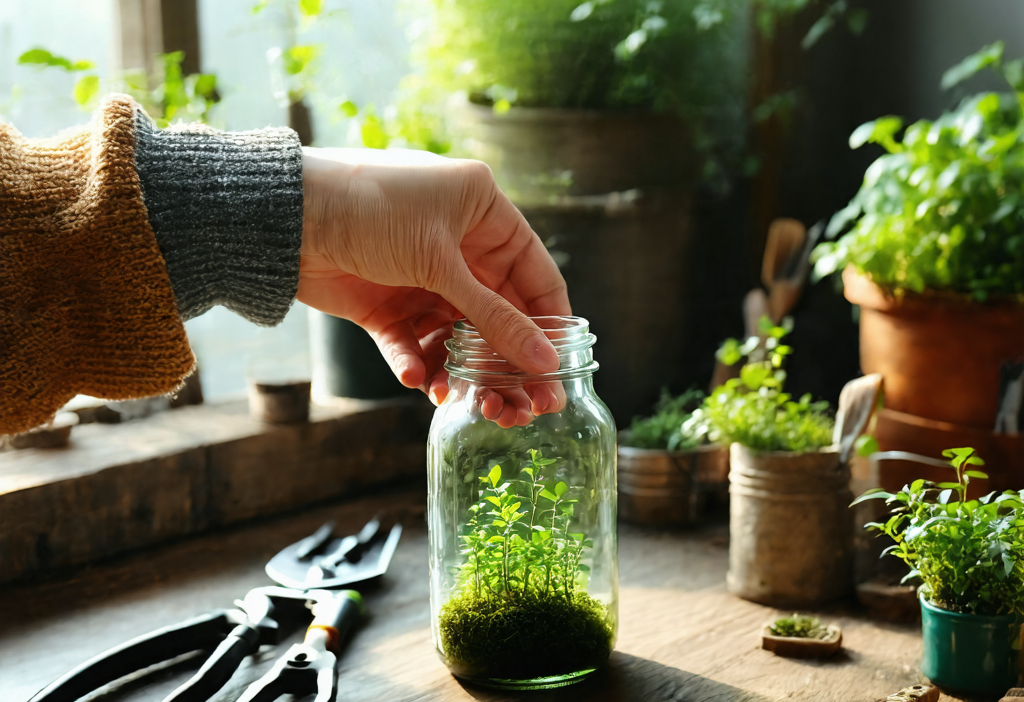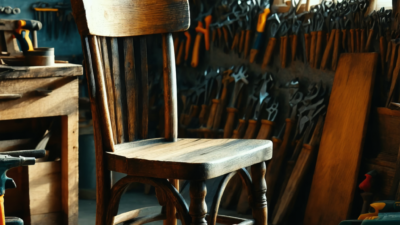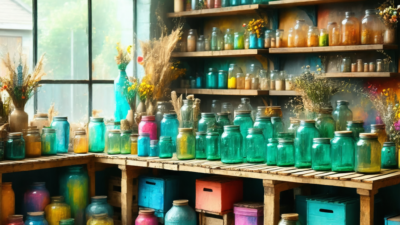Create Your Own Miniature Oasis: A Step-by-Step Guide to Making Terrariums
Have you ever wanted to bring a piece of nature into your home? terrariums are the perfect way to do just that! These self-contained ecosystems not only add a touch of greenery to any room but also serve as a beautiful conversation starter. Whether you’re a seasoned gardener or a complete beginner, creating a terrarium can be a fun and rewarding project. In this guide, we’ll walk you through everything you need to know to make your own DIY terrarium.
What is a Terrarium?
A terrarium is a sealed container that houses plants, often with decorative elements like rocks, sand, and figurines. These miniature gardens can be created in jars, bottles, or other transparent containers, allowing light to filter through and sustain the plants inside. Terrariums are perfect for small spaces and require minimal maintenance, making them an ideal choice for urban dwellers or those with busy schedules.
Benefits of Having a Terrarium
Terrariums offer more than just aesthetic appeal. They can improve air quality, reduce stress, and even boost your mood! Studies have shown that being around plants can have a calming effect on people. Plus, caring for a terrarium can be a meditative practice, helping you unwind after a long day.
What You Need to Get Started
Before diving into your terrarium project, there are a few essential items you’ll need:
- A clear container (glass jars or bottles work best)
- Potted plants (succulents, air plants, or ferns)
- Gravel or small rocks for drainage
- Activated charcoal to prevent mold and bacteria growth
- Sand or soil suitable for your chosen plants
- Gardening tools (tweezers, small trowel)
- Decorative elements like moss, figurines, or colored stones
Selecting the Right Plants
Choosing the right plants is crucial for the success of your terrarium. Since these containers are typically sealed, it’s important to select plants that thrive in humid environments. Some popular choices include:
- Air plants (Tillandsia): These epiphytes don’t require soil and can absorb moisture through their leaves.
- Succulents: Hardy and low-maintenance, succulents are a great option for both open and closed terrariums.
- Ferns: These plants love humidity and can add a lush, tropical feel to your terrarium.
- Peperomia: With their vibrant leaves, peperomias are both beautiful and easy to care for.
Creating Your Terrarium
Now that you have all your supplies and plants ready, it’s time to start building your terrarium! Follow these steps to create a stunning miniature garden:
- Prepare the container: Clean your jar or bottle thoroughly. If using a closed container, make sure there are small holes drilled in the lid for ventilation.
- Add drainage layer: Place a layer of gravel or rocks at the bottom of the container to ensure proper drainage and prevent water from pooling around the roots.
- Add activated charcoal: Sprinkle a thin layer of activated charcoal on top of the gravel to help keep your terrarium fresh and prevent mold growth.
- Add soil: Add a layer of soil or sand, depending on your plant’s needs. This will be where your plants’ roots will grow.
- Plant your greens: Carefully place your plants in the container, starting with larger ones first. Use tweezers to position them precisely and gently press the soil around their roots.
- Add decorative elements: Sprinkle moss, sand, or small stones around the base of your plants for a polished look. You can also add figurines or other decorations to make your terrarium unique.
- Water carefully: Mist your terrarium lightly with water. Be careful not to overwater, as this can lead to mold and rot. For closed containers, you might only need to water once every few weeks, depending on the plants.
- Care and maintenance: Place your terrarium in indirect light and monitor its condition regularly. Open the lid periodically to allow fresh air to circulate and remove any dead leaves or debris.
Tips for Maintaining Your Terrarium
To keep your terrarium healthy and vibrant, follow these tips:
- Inspect your plants regularly for signs of stress or disease. If you notice any issues, address them promptly to prevent spreading.
- Rotate your terrarium occasionally to ensure all sides receive adequate light and encourage even growth.
- If you have an open terrarium, mist it with water once a week to maintain humidity levels.
- Avoid placing your terrarium in direct sunlight, as this can cause overheating and damage the plants.
With these simple steps and tips, you can create a beautiful and sustainable terrarium that will bring life and beauty to any room. Whether it’s a small jar on your desk or a larger display piece in your living room, a terrarium is sure to be a delightful addition to your home.
For more inspiration and expert tips on creating stunning terrariums, check out this comprehensive guide on How to Make a Terrarium.





